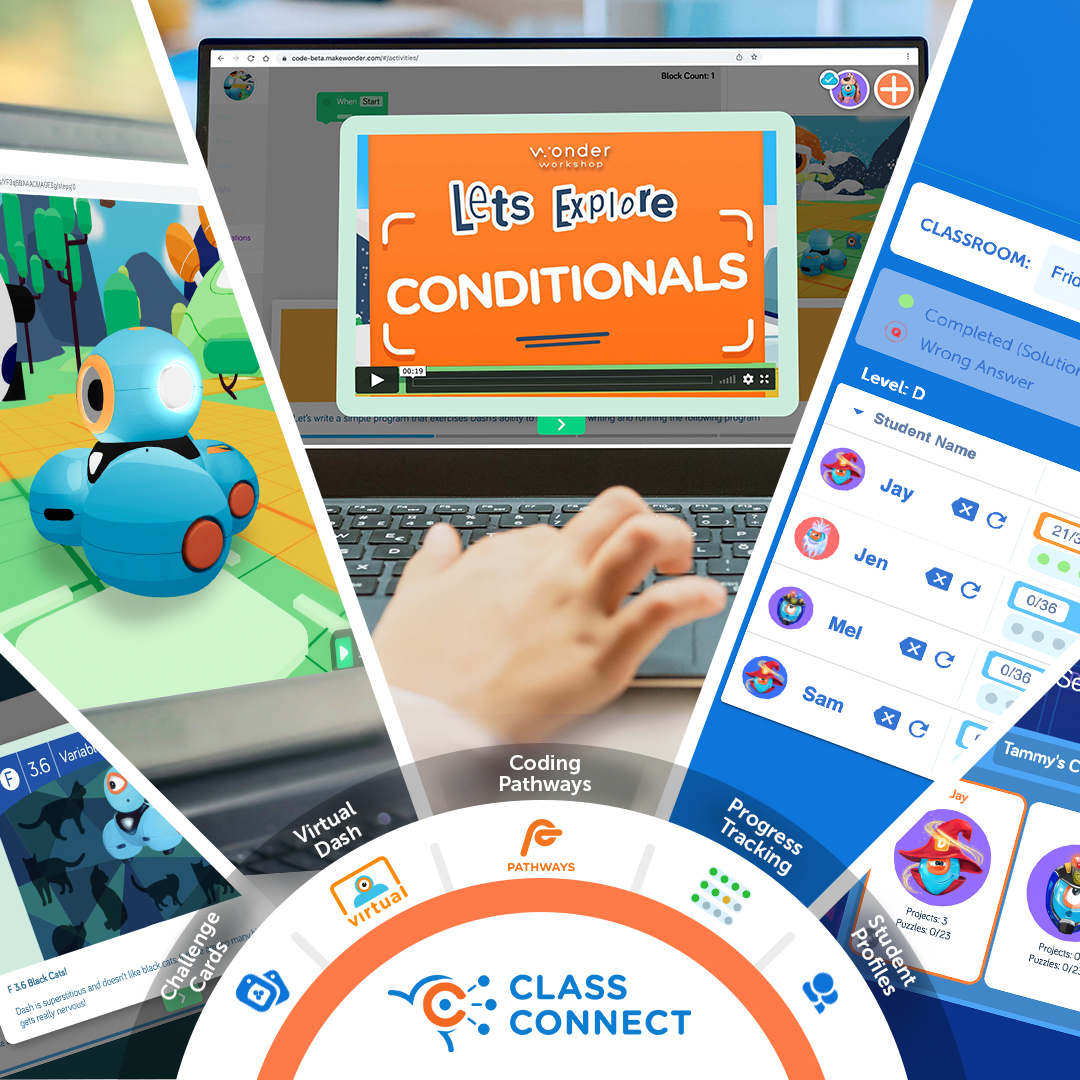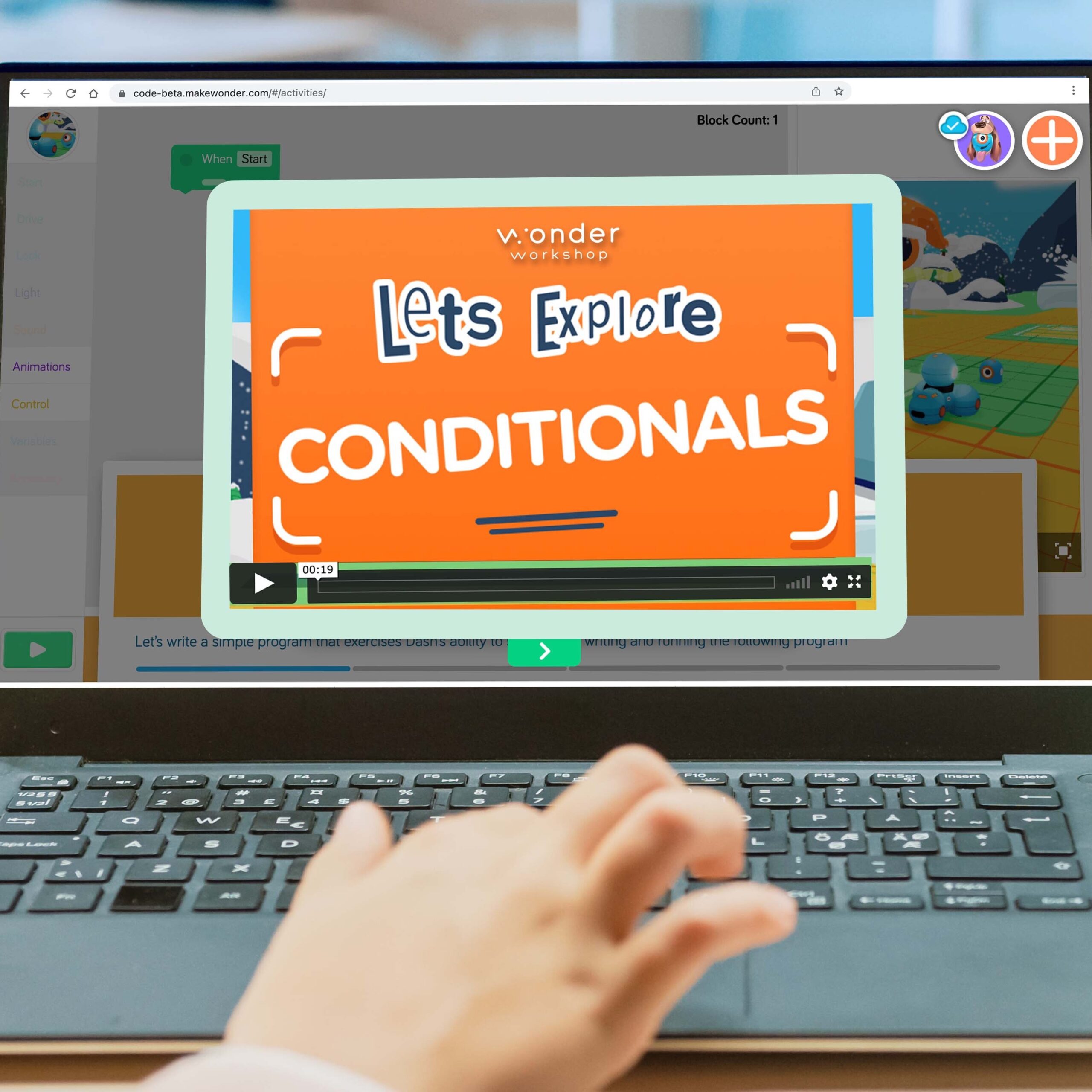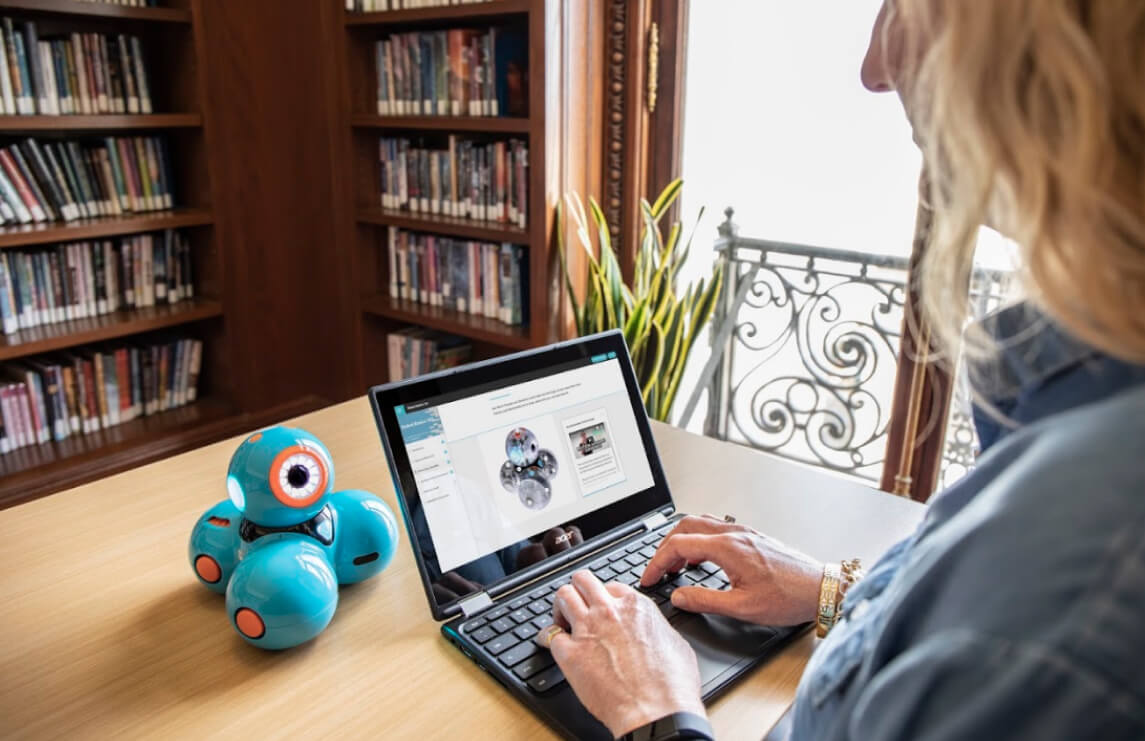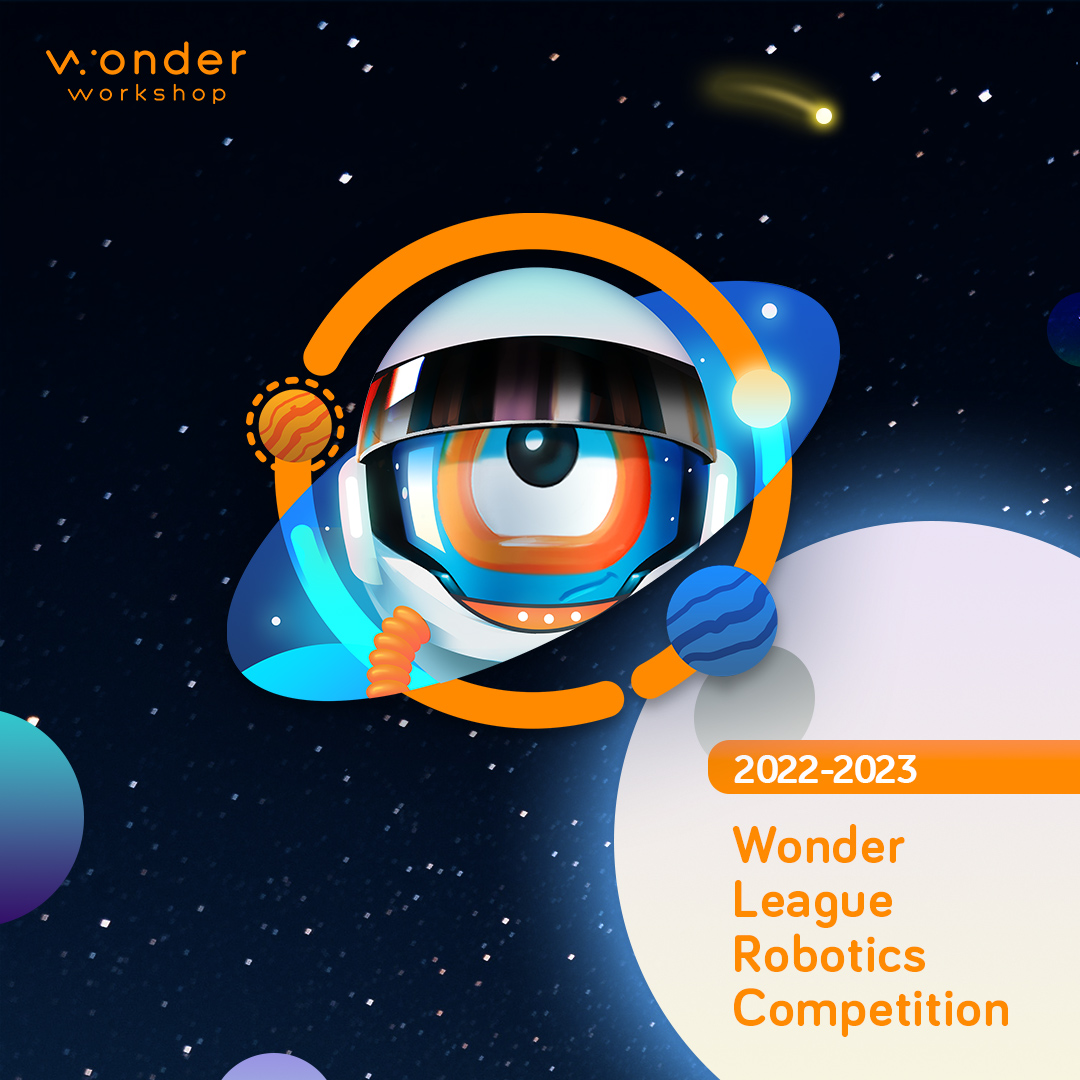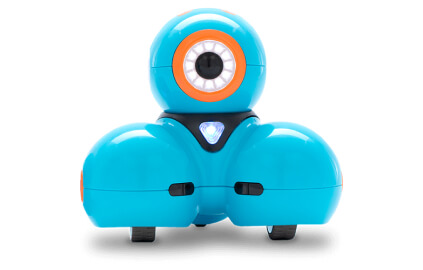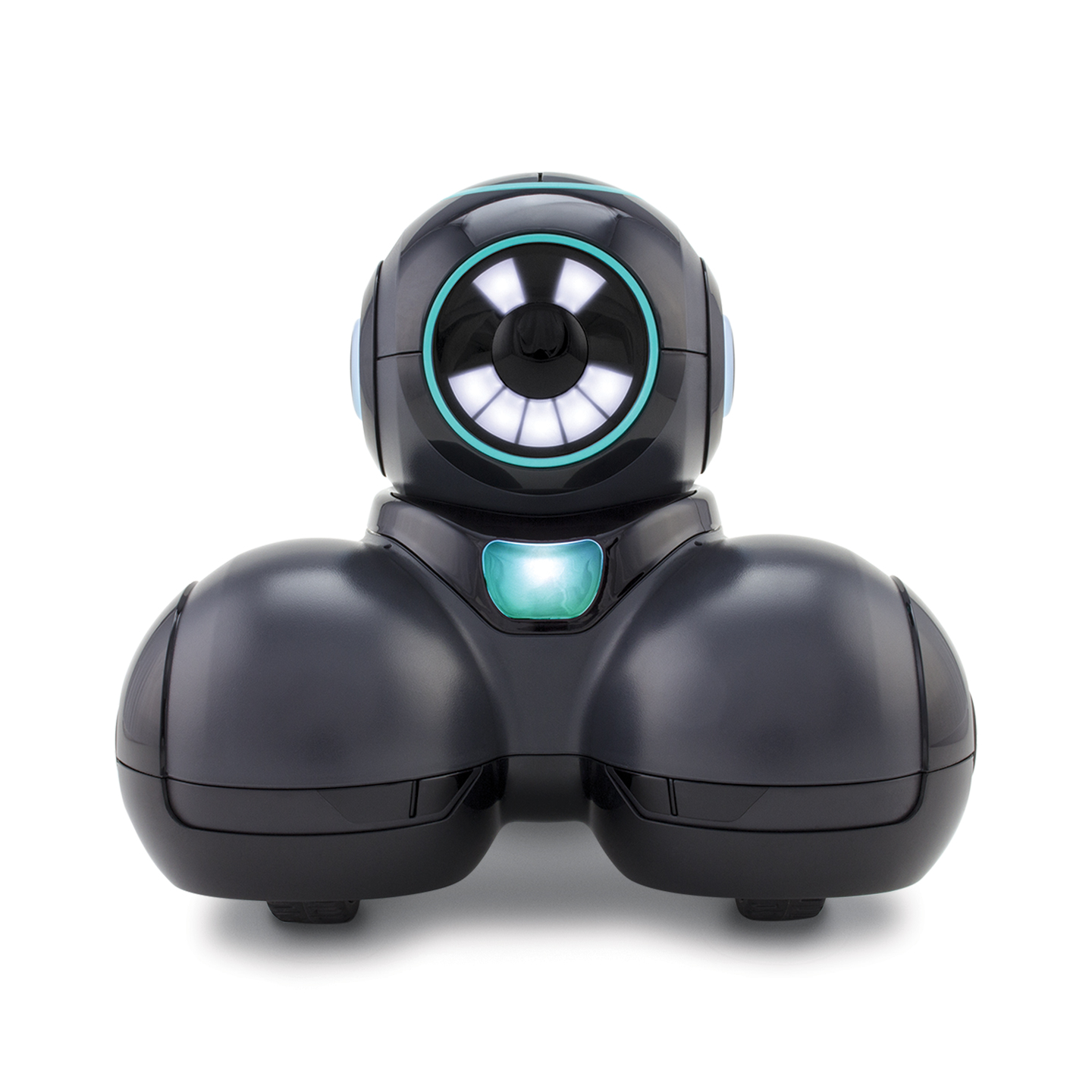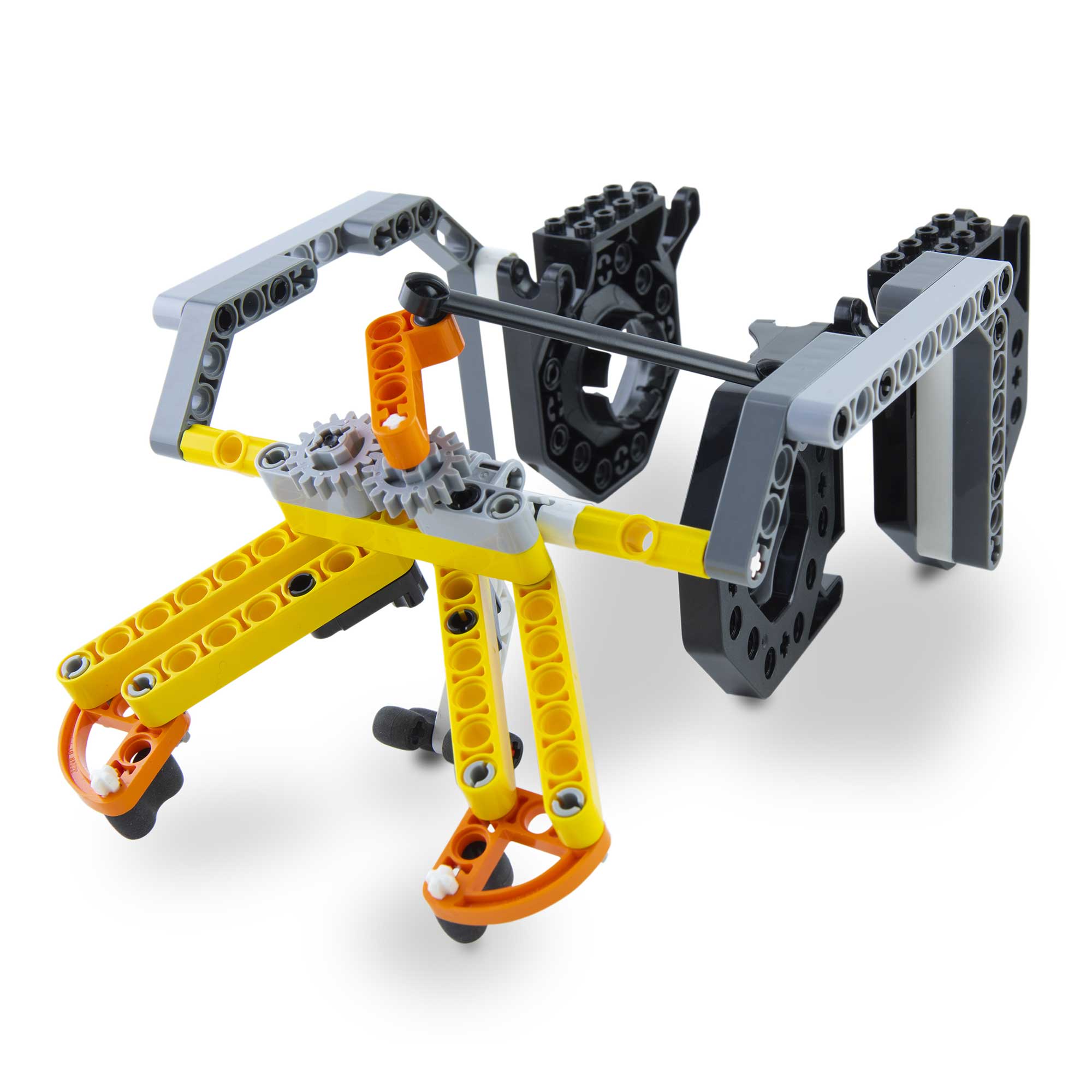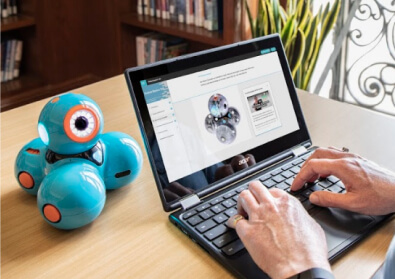Open a world to coding for young learners today
A recent study found that 76% of parents want their children to end up inSTEM-related careers, and with an ever-growing number of jobs requiring knowledge of new technologies, it isn’t very hard to see why. From manufacturing to marketing, most jobs today are dependent on computers for their success and computers are dependent upon code.
That’s probably why so many parents are hoping to get their kids into coding.
As many as 85% of parents are encouraging their children to learn to code, according to one study, but despite wanting their kids to learn, many parents are at a loss about the best resources available to help kids to code. Where can a parent start when they want to help their child dive into this new field, especially if they don’t know much about coding themselves? We’re here to help!
We’ll help you narrow down the options by explaining the different categories of resources out there. Then, you can decide which resources best meet your needs.
Coding Classes
One of the best all-around methods for teaching kids to code is taking a coding class. Coding classes come in a variety of formats and price ranges, each with their own advantages and disadvantages. That can make it tricky to pick the right coding class.
For instance, in-person classes have teachers that regularly interact with their students. This is a huge advantage because it means that students can receive real-time feedback on their questions! However, many live coding classes have limited schedules and require you to live nearby. Depending on where you live, it can be hard to find coding classes near you.
Online classes, on the other hand, allow for flexibility in both scheduling and location, but are often pre-recorded. That can limit their ability to respond to questions quickly, or even at all!
Of course, there are other classes that combine the best of both worlds by hosting live classes on an online platform. These allow for flexibility of location and real-time feedback.
Check out some of these additional online coding classes:
Coding Apps

Coding apps can be a great supplemental resource for kids learning to code. Many kid’s coding apps use bright colors, animations, and fun gameplay to encourage kids to learn the basics of coding. They can be great for getting an understanding of what a conditional or a loop is, but few of them get into the nitty-gritty of real-world coding.
If you are wanting to get the most out of coding apps, it’s better to use them in conjunction with an established coding course. That way, the base concepts taught in the coding apps can immediately be used in a more and more specific context.
Wonder workshop offers free companion apps to their robots that promote creativity and problem solving while promoting new coding skills.
Coding Challenges

Another useful supplemental activity is a coding challenge.
Coding challenges, competitions, or hackathons, are hosted events where coders get the chance to simultaneously reach outside their coding comfort zone and show off their skills. It adds a competitive element to the learning process, which can be a great motivator for many kids.
Usually, there is a specific challenge or set of challenges that must be overcome through the use of code. The difficulty levels can vary greatly between challenges, but that’s part of the fun! Challenges are often teacher-directed events, too. That way, even if a challenge proves too difficult for a kid to figure out on their own, the teacher is there to help them learn and progress.
Coding Camps
While coding classes are the fullest featured and most effective way to learn the intricacies of coding, they do take a while to get through. Sometimes, it can be an effective use of time to move quickly through the basics so you can spend your time on the more advanced skills. Which is where coding camps come in.
Coding camps, or coding bootcamps, are intensive courses designed to get their students through the basics. That way they can focus on the lessons that they really want to be learning. They save valuable time by teaching a wide variety of coding skills quickly.
Since they only last for a short period of time, they are a great fit for students who have a chunk of free time available to dedicate to learning a new skill. Summer break is a great time for this. More intensive coding camps can help students to master the basics quickly and take higher-level classes sooner. It’s a great way to accelerate their learning.
Coding Books

In today’s connected world, it may seem odd to mention books as being a good coding resource, but there are some definite advantages to the medium.
For one, no one can be online all the time, and books can be a great resource even when screen time is over. Books tend to be a lot more in-depth than many online guides because the authors know that all the necessary information needs to be included upfront. There’s not the option to link to throw in a link to supplemental material.
And, it can be a lot easier to flip between a physical book and what’s happening on the screen without losing your place. Though, that can be a matter of preference.
Of course, the effectiveness of any book as a coding resource depends greatly on which book you’re using. It can be difficult to know if a specific book will cover the things your kid wants to learn. Make sure to choose a book that’s listed as a reliable resource for kids to get the most value. Books can also be a great way to spark interest in coding. Check out this STEM recommended reading list for young coders and robotic enthusiasts.
Conclusion
No matter where your kid ends up on their coding journey, there are amazing benefits to learning to code. And that will only become more true as time goes on.
Coding, as a field, isn’t going anywhere anytime soon, and the list of amazing resources is only continuing to grow. These 5 types of resources are a great way to get started, but there are so many other great resources out there. We encourage you to find somewhere to start and explore from there!
ABOUT THE AUTHOR
Jannina Gray works as a programmer and runs a small IT store. She has been a programmer for 8 years now and she also tried to contribute by writing all she has learned from her experience to help other programmers deal with their problems that come from this profession.
